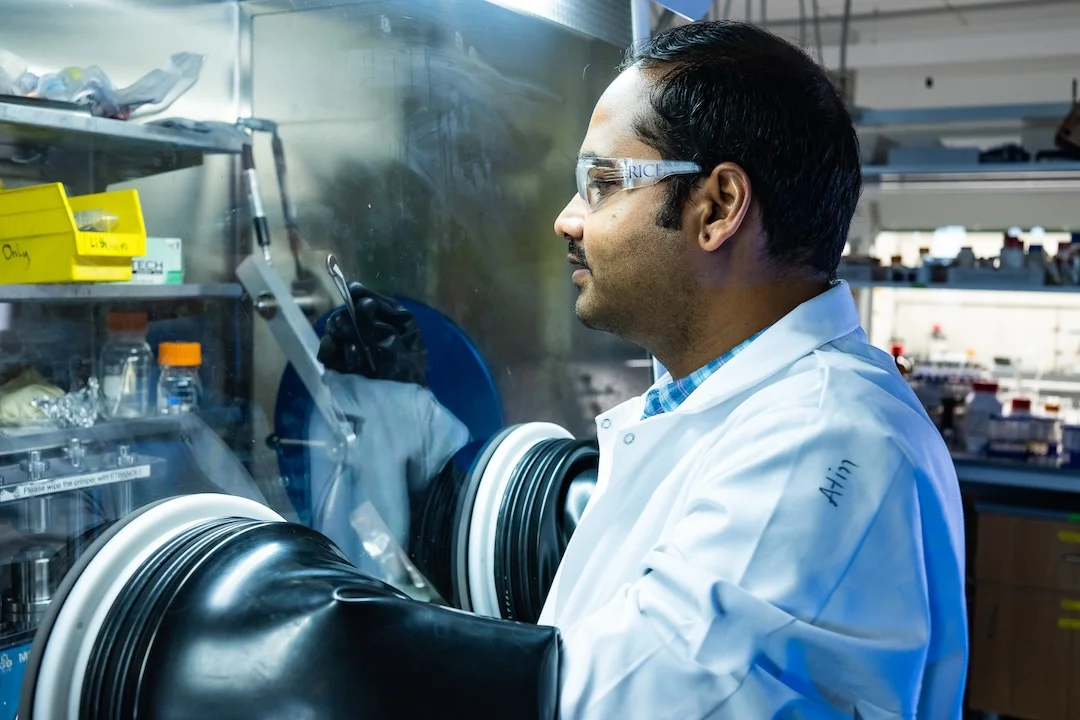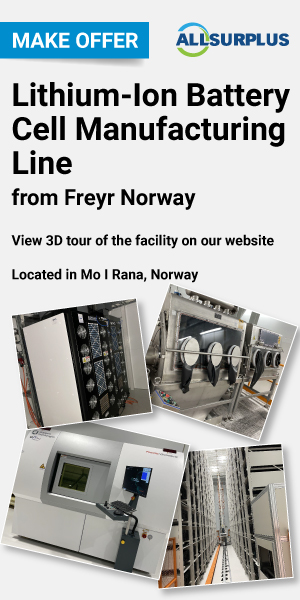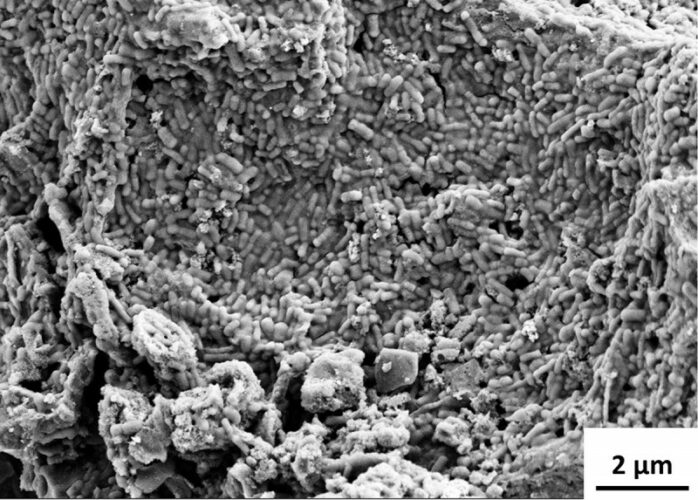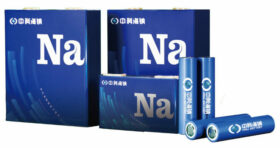Researchers at US-based Rice University have been working on ways to make sodium and potassium-ion batteries viable through cone and disc graphite structures for the anode.
The study, which was published in the Advanced Functional Materials, found that cone and discs have a structure and spacing that allow sodium and potassium ions to pass through without any artificial modifications or chemical doping.
Traditional lithium-ion batteries use graphite as an anode material but due to the atom size and interactions being complex, the same graphite structure tends to fail for sodium- or potassium-ion batteries.
The researchers, which also included Baylor University and the Indian Institute of Science Education and Research Thiruvananthapuram, used an oil and gas industry byproduct to create cone and discs with a pure graphitic structure. This involved a scalable pyrolysis of hydrocarbons.
The laboratory tests involved the carbon cones and discs storing around 230mAh/g using sodium ions. After 2,000 charge cycles the researchers claim that they still held 151mAh/g.
The cones and discs provide curvature and spacing for sodium and potassium ions without the need for chemical doping or other modifications. The performance was found to be stronger with sodium than potassium.
The researchers said they used imaging techniques such as cryogenic transmission electron microscopy to confirm that the material kept its shape after thousands of charge-discharge cycles.
The study is said to challenge the notion that pure graphite cannot work with sodium.
Pulickel Ajayan, corresponding author and professor of engineering, told Rice University: “We believe this discovery opens up a new design space for battery anodes. Instead of changing the chemistry, we’re changing the shape, and that’s proving to be just as interesting.”
Image: A researcher looking at a battery prototype. Credit: Jeff Fitlow/Rice University.












